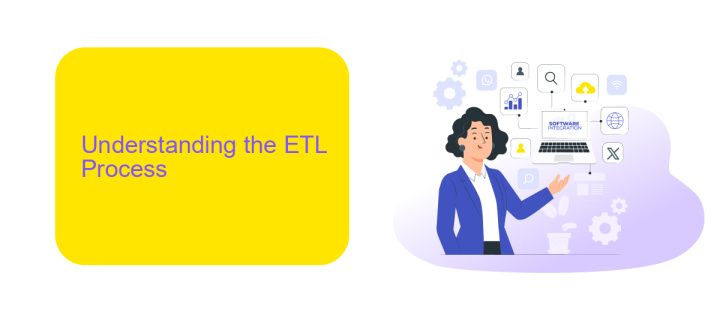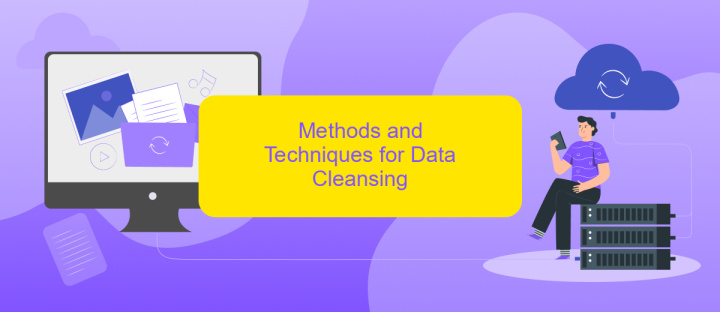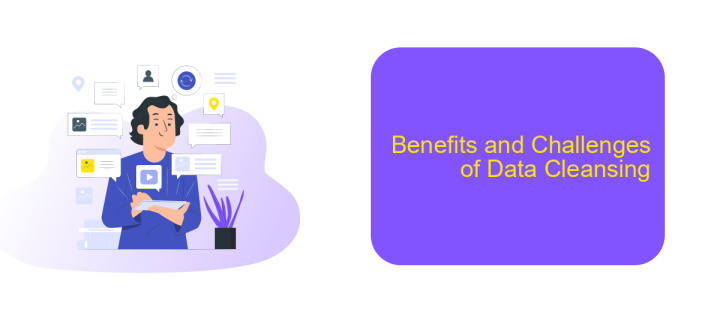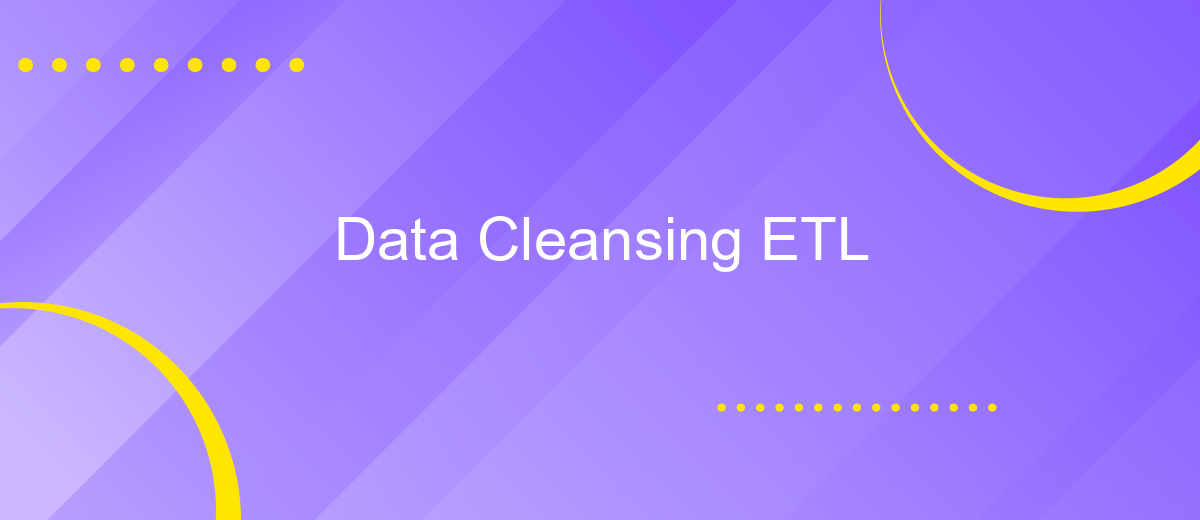Data Cleansing ETL
Data cleansing is a critical step in the ETL (Extract, Transform, Load) process, ensuring the accuracy and reliability of data used for analysis and decision-making. By identifying and correcting errors, removing duplicate records, and standardizing data formats, businesses can enhance data quality. This article explores the essential techniques and best practices for effective data cleansing within ETL workflows.
Introduction to Data Cleansing
Data cleansing is a crucial step in the ETL (Extract, Transform, Load) process, ensuring that the data used for analysis is accurate, consistent, and reliable. This process involves identifying and correcting errors and inconsistencies in the data to improve its quality and usability. Effective data cleansing can significantly enhance decision-making and operational efficiency.
- Removing duplicate records
- Correcting errors in data entries
- Standardizing data formats
- Handling missing data
- Validating data accuracy
Many tools and services can facilitate data cleansing, such as ApiX-Drive, which offers seamless integration solutions to automate data cleaning tasks. By integrating various data sources and automating the cleansing process, ApiX-Drive helps organizations maintain high-quality data with minimal manual intervention. This not only saves time but also ensures that the data is always up-to-date and accurate.
Understanding the ETL Process

The ETL (Extract, Transform, Load) process is a fundamental procedure in data management and integration. It involves extracting data from various sources, transforming it into a suitable format, and loading it into a target database or data warehouse. Extraction is the first step, where data is collected from different sources such as databases, APIs, or flat files. This data is often unstructured or semi-structured and needs to be processed before it can be useful. Transformation is the second step, where the extracted data is cleaned, enriched, and converted into a standardized format. This may involve data cleansing, filtering, sorting, and applying business rules to ensure consistency and accuracy.
The final step, loading, involves transferring the transformed data into a target system, such as a data warehouse or another database, where it can be accessed for analysis and reporting. Modern ETL tools and services, like ApiX-Drive, streamline this process by offering automated solutions for data integration. ApiX-Drive allows users to set up integrations between various applications and services without requiring extensive coding knowledge. This makes the ETL process more efficient and accessible, enabling organizations to maintain high-quality data and derive actionable insights with minimal effort.
Methods and Techniques for Data Cleansing

Data cleansing is a critical step in the ETL (Extract, Transform, Load) process, ensuring that data is accurate, complete, and ready for analysis. Various methods and techniques can be employed to achieve high-quality data.
- Data Profiling: Analyze the data to understand its structure, content, and quality.
- Data Standardization: Ensure consistency in data formats, such as date formats and measurement units.
- Data Deduplication: Identify and remove duplicate records to maintain data uniqueness.
- Data Validation: Check for data accuracy and integrity by validating against predefined rules.
- Data Enrichment: Enhance data quality by integrating additional information from external sources.
- Data Integration: Use tools like ApiX-Drive to seamlessly integrate and synchronize data across various platforms.
Implementing these techniques helps organizations maintain high data quality, which is essential for accurate decision-making and efficient business operations. Tools like ApiX-Drive facilitate the integration and synchronization of data, making the data cleansing process more streamlined and effective.
Benefits and Challenges of Data Cleansing

Data cleansing is a crucial step in the ETL (Extract, Transform, Load) process, ensuring that the data used for analysis is accurate, complete, and reliable. By eliminating inconsistencies, duplicates, and errors, organizations can make more informed decisions and improve overall data quality.
However, data cleansing also presents several challenges. The process can be time-consuming and resource-intensive, requiring significant effort to identify and correct issues within large datasets. Additionally, maintaining data quality over time demands continuous monitoring and updates.
- Improved decision-making
- Enhanced data accuracy and reliability
- Reduced risk of errors and inconsistencies
- Increased operational efficiency
To address these challenges, organizations can utilize tools like ApiX-Drive, which simplifies the integration and automation of data workflows. ApiX-Drive helps streamline the data cleansing process by providing seamless connections between various data sources and applications, reducing manual effort and ensuring data integrity. By leveraging such tools, businesses can achieve a higher level of data quality and efficiency.
Conclusion and Future Directions
In conclusion, Data Cleansing in ETL processes is a critical step to ensure the accuracy, consistency, and reliability of data used for analysis and decision-making. Effective data cleansing not only improves data quality but also enhances the performance of downstream applications and analytics. As organizations continue to accumulate vast amounts of data from various sources, the importance of robust data cleansing mechanisms cannot be overstated.
Looking forward, the future of data cleansing will likely see increased integration with automated tools and AI-driven solutions. Services like ApiX-Drive can play a pivotal role in streamlining these integrations, offering seamless connectivity between disparate systems and ensuring that data is consistently clean and ready for use. Additionally, advancements in machine learning and natural language processing are expected to further refine data cleansing techniques, making them more efficient and less resource-intensive. As these technologies evolve, organizations will be better equipped to handle complex data environments, ultimately driving more informed business decisions.
FAQ
What is Data Cleansing in the context of ETL?
Why is Data Cleansing important in ETL processes?
What are common data issues addressed during Data Cleansing?
How can automation tools assist in Data Cleansing for ETL?
What are the best practices for Data Cleansing in ETL?
Routine tasks take a lot of time from employees? Do they burn out, do not have enough working day for the main duties and important things? Do you understand that the only way out of this situation in modern realities is automation? Try Apix-Drive for free and make sure that the online connector in 5 minutes of setting up integration will remove a significant part of the routine from your life and free up time for you and your employees.

